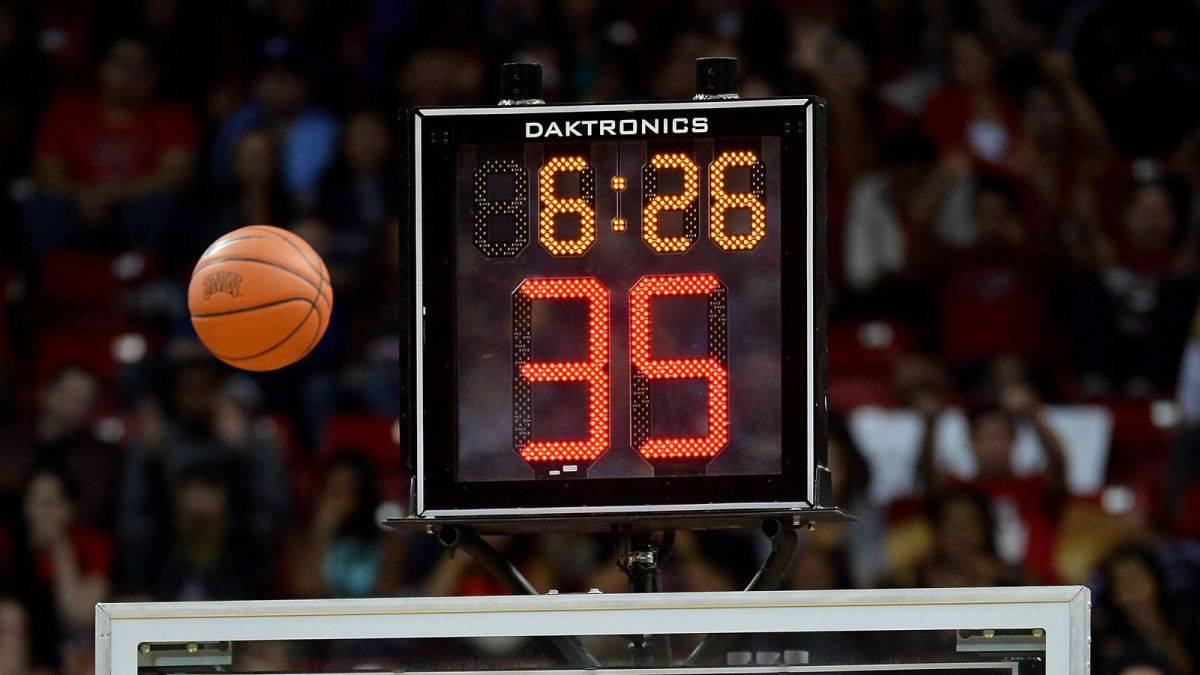- Paris Olympics takeaways: What did Team USA’s crunch-time lineup say about NBA’s hierarchy?Posted 2 months ago
- Zach Edey posted an easy double-double in Summer League debut. Here’s why he’ll succeed in NBAPosted 3 months ago
- What will we most remember these champion Boston Celtics for?Posted 4 months ago
- After long, seven-year road filled with excruciating losses, Celtics’ coast to NBA title felt ‘surreal’Posted 4 months ago
- South Florida men’s basketball is on an unbelievable heater– but also still on the bubblePosted 8 months ago
- Kobe Bufkin is balling out for Atlanta Hawks’ G League team. When will he be called up to NBA?Posted 9 months ago
- Former Knicks guards Immanuel Quickley, RJ Barrett may yet prove Raptors won the OG Anunoby tradePosted 10 months ago
- Rebounding savant Oscar Tshiebwe finally gets NBA chance he’s deserved for yearsPosted 10 months ago
- Is Tyrese Maxey vs. Tyrese Haliburton the next great NBA guard rivalry?Posted 11 months ago
- The Detroit Pistons are going to be a problem in a few yearsPosted 12 months ago
Still no shot clock in high school basketball, but it’s just a matter of time (ouch!)
- Updated: May 15, 2020
By Joel Alderman
Most of our readers, this writer included, unless they are knowledgeable high school fans, are probably surprised to learn that there is no shot clock in high school basketball. Additionally, the National Federation of High Schools (NFHS), does not even allow state associations to adopt a shot clock on their own, without forfeiting membership on its rules committee.
On May 11th, the NFHS voted down a proposal for a 35-second clock.
Theresia Wynns, the director of sports and officials for the NFHS, issued a statement saying:
“The basketball rules committee, as a whole, is not against the shot clock. There are some members of the committee that support a shot clock. They tend to be in the minority. This issue is discussed very thoroughly each year.”
Voting in favor of the shot clock gets closer each. IT’S JUST A MATTER OF TIME, according to this wag.
Some use the clock, but cannot vote
California, Maryland, Massachusetts, Minnesota, New York, North Dakota, Washington and the District of Columbia have been using shot clocks for high school games in defiance of the NFHS.
Apparently they would rather forego that right to be on the rules committee than play games that potentially could go into a stall or at least be boring contests of ball control.
The timers go back to 1954
The NBA was the first to introduce a 24-second clock in 1954. Women’s college basketball started in the 1970-71 season (30-seconds), men in 1985-86 (45-seconds) then to 35 seconds starting in 1993-94.
Money talks
The strongest argument against the shot clock boils down to economics. Although it is referred to in the singular, there are actually two clocks- one at either end. The cost of a set runs about $5,000, not an insignificant amount, and is further increased by required maintenance.
Then the schools have to pay someone to operate them, and game officials will need to be trained in resolving disputes, such as shot clock violations and the point at which a clock is reset.
Before the shot clock
In college basketball, there have been many instances of stretching the rules before there was a shot clock. Dean Smith at North Carolina was famous for his four corners offense, which ate up precious time when the Tarheels were leading in the closing minutes. Yale’s Howard Hobson and Cappy Cappon of Princeton were famous for coaching a five-overtime game, the first four extra periods being scoreless because Yale held the ball near midcourt and Princeton would not come out.
Today, players on the high school level are more into using their shooting and passing talents, and not too many are willing to go into a deep freeze. But it could still happen and does.
If it does often enough, then the NHFS better act fast and start legalize the clock, or the high school game could become a fiasco.
Yes, it’s just a matter of time (and money of course).




